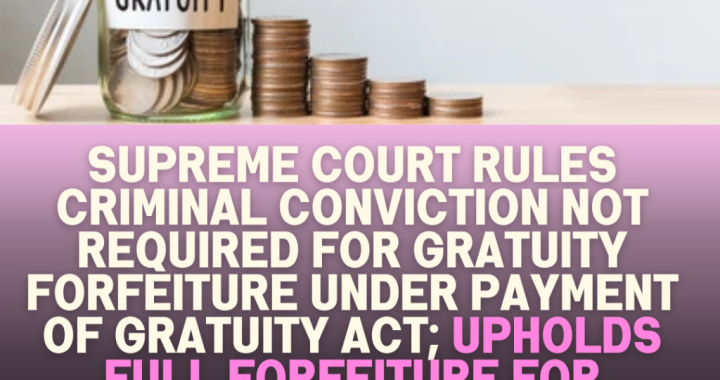When Should You Pay Penalty with Retrospective Effect Under the New Explanation for 5A of 271 (1)(c)?

Income Tax Act Section 271(1)(c)- amended to levy penalty retrospectively

The union Budget presented in the year 2009 amended the explanation given in 5A of the 271 (1) (c) of the finance act making concealment of assets liable for penalty with retrospective effect from 01.06.2007.
The new explanation to the act says that, the assesse would be liable for penalty if the searches consequent to filing of the returns reveal any undisclosed assets – Bullion, Money, jewelry, etc. It was made a statue with president’s approval on 13.08.2009.
However, some critics argue that, concealment in any case would attract penalty, and therefore such a new explanation of the law is not required, furthermore they say this only creates confusion. Such confusion has in fact resulted in many issues leading to the assesse approaching the tribunal requesting the dismissal of levied penalty.
When searches resulted in discovery of concealed assets, the explanation 5A before the amendment, offered protection from penalties to those who filed their returns for the assessment year u/s 139 (1).
However, with the new amendment to 5A, the assesse would be liable for penalties for concealment of assets, whether he has filed his returns or not for the assessment year.
As said earlier, the new explanation has created confusion and made the provision more complex requiring an enquiry to decide whether a particular act of concealment of assets attracts penalty or not.
Tribunals will consider the due date; the date assesse filed their returns – both initial returns and the returns consequence to the search, and the sections under which the searches were conducted which have revealed the concealments, also if the assesse has admitted to the concealment and filed fresh returns under specific sections in deciding the volume of penalties.
A good example to refer is a case of Nukala Rama Krishna VS DCIT (ITAT Vishakhapatnam), with appeal number # I.T.A. Nos. 189 to L92/Vizag/2014 relating to the assessment year 2008-09 and the case was decided on 16/09/2016.
Mr. Ramulu has filed his original returns before the tax officials raided his personal and official spaces u/s 134 and identified concealments to the tune of Rs 7.6 Crores that included investments in other companies and immovable properties, to which the assesse has admitted to concealment of the assets.
Consequently, the assesse has filed returns revising the 2005-06 assessment year and estimating the income for the assessment year 2008-09 by admitting the identified concealment of assets. The returns were filed u/s 143 (3) r.w.s. 153 with penalties under 271(1) (c) admitting the deliberate concealment of assets.
However, the assesse disputed penalties saying that the new explanation to 5A only applies to those who have not filed actual returns. ITAT Vishakhapatnam has taken cognizance of the fact that assesse has filed both the original assessment u/s139 (1) before the search, and the subsequent assessment, revised one, u/s 153A after the search was filed.
However, as the original and subsequent returns were filed before the explanation of 5A became a statue on 13.08.2009. The tribunal has offered relief on the quantum of penalty – assessed u/s 271 (1) (c) for the assessment years 2005-06; 2007-08; 2008-09 – and allowed the appeal of the assesse, dismissing the retrospective penalties from 01.06.2007.
Also Read- Establishment of Mens rea essential before levy of Penalty


 ITAT Amritsar: No Section 269SS Violation for One-Time Cash Payment Before Sub-Registrar
ITAT Amritsar: No Section 269SS Violation for One-Time Cash Payment Before Sub-Registrar  Tax Officials Unleash Digital Dragnet: How New Raid Powers Redefine Privacy, Property Rights in India and likely to Fuel Corruption
Tax Officials Unleash Digital Dragnet: How New Raid Powers Redefine Privacy, Property Rights in India and likely to Fuel Corruption  Income Tax Department Rewards for Reporting Tax Evasion: A Comprehensive Guide
Income Tax Department Rewards for Reporting Tax Evasion: A Comprehensive Guide  Forfeiture of Gratuity by Employer- What are the Remedies for an employee- Can employer be challenged?
Forfeiture of Gratuity by Employer- What are the Remedies for an employee- Can employer be challenged?  Employer can forfeit gratuity of an employee in case of moral turpitude
Employer can forfeit gratuity of an employee in case of moral turpitude  Diving Deeper: The Impact of the New Tax Bill on Dairy and Farming Income
Diving Deeper: The Impact of the New Tax Bill on Dairy and Farming Income